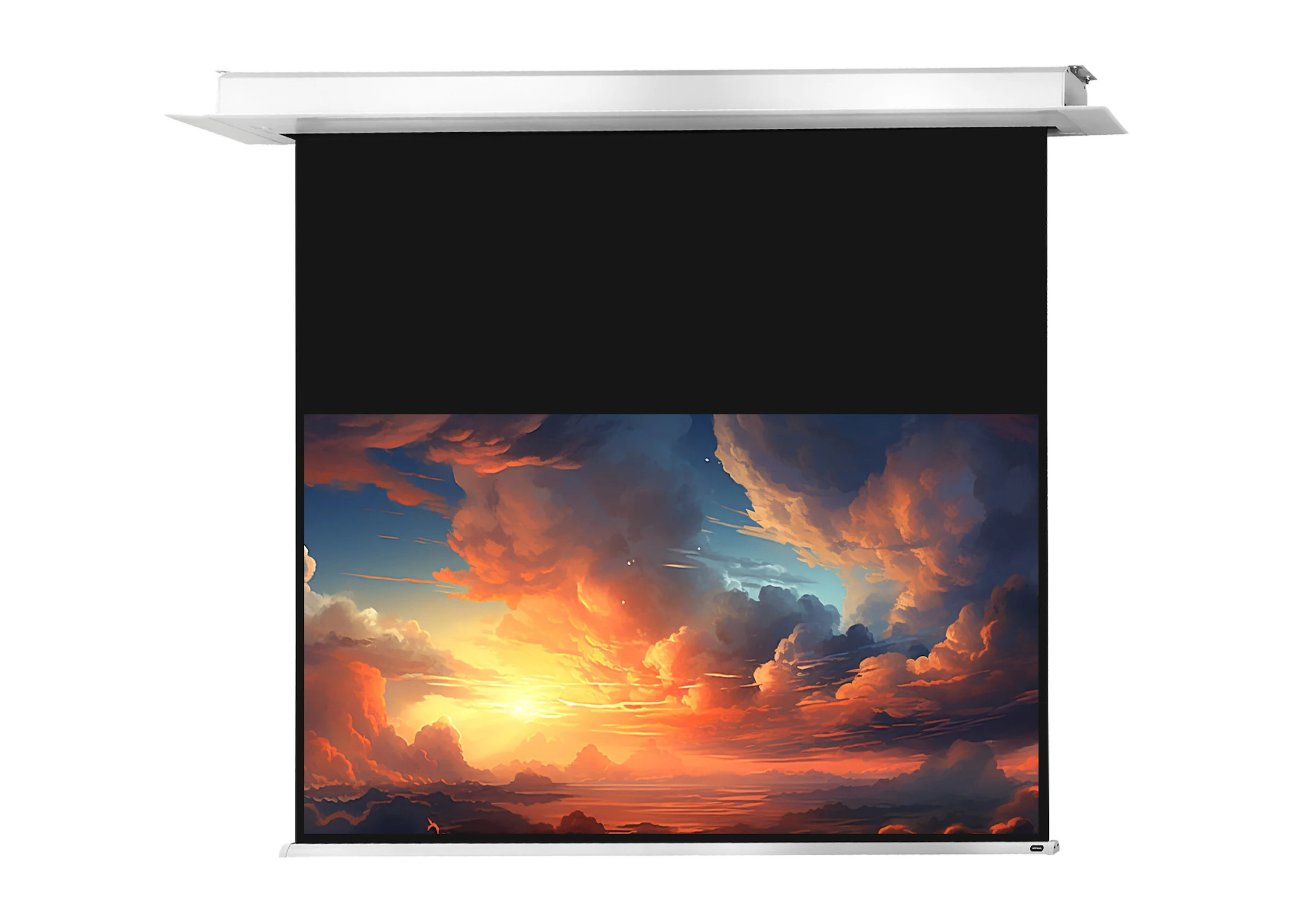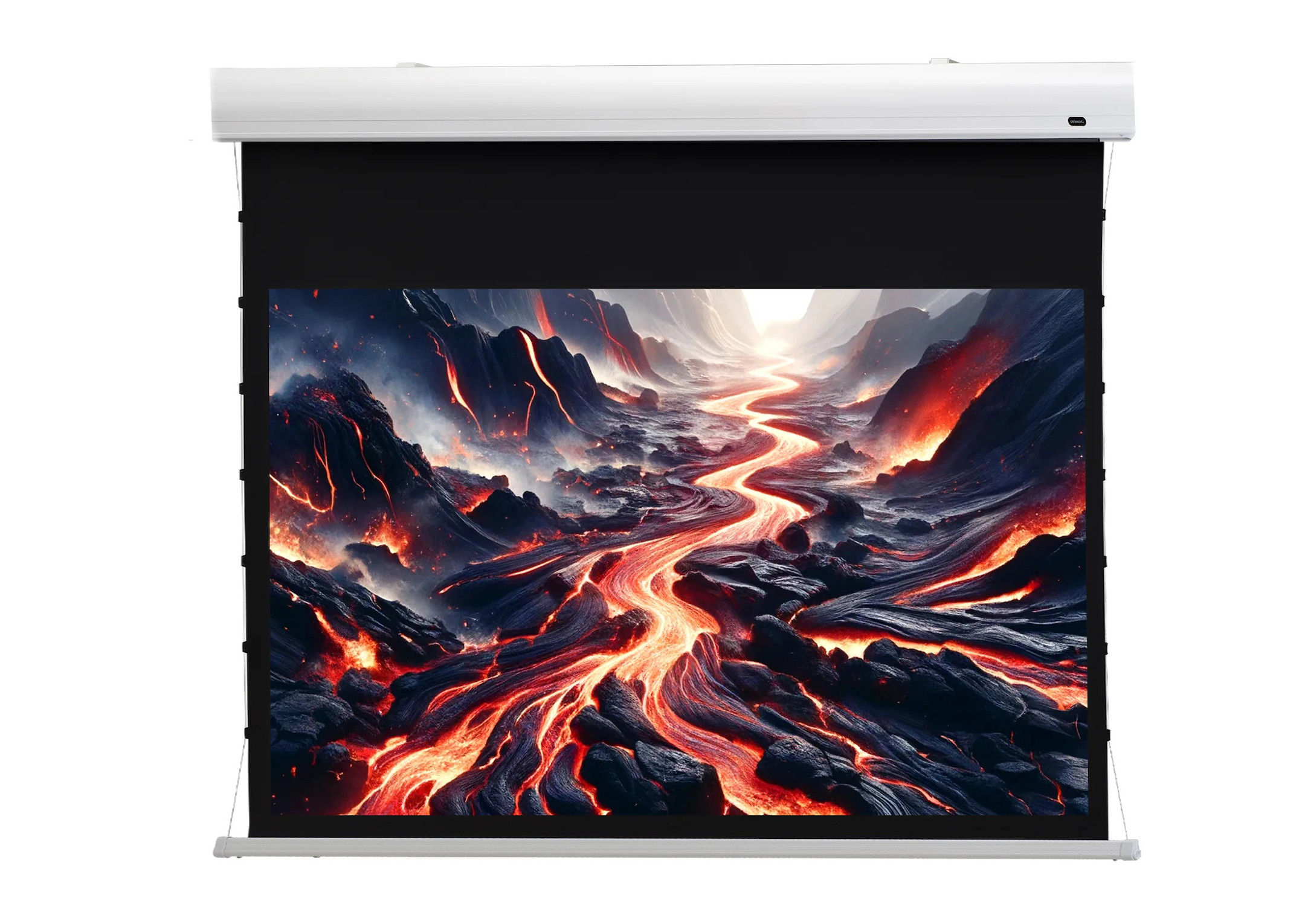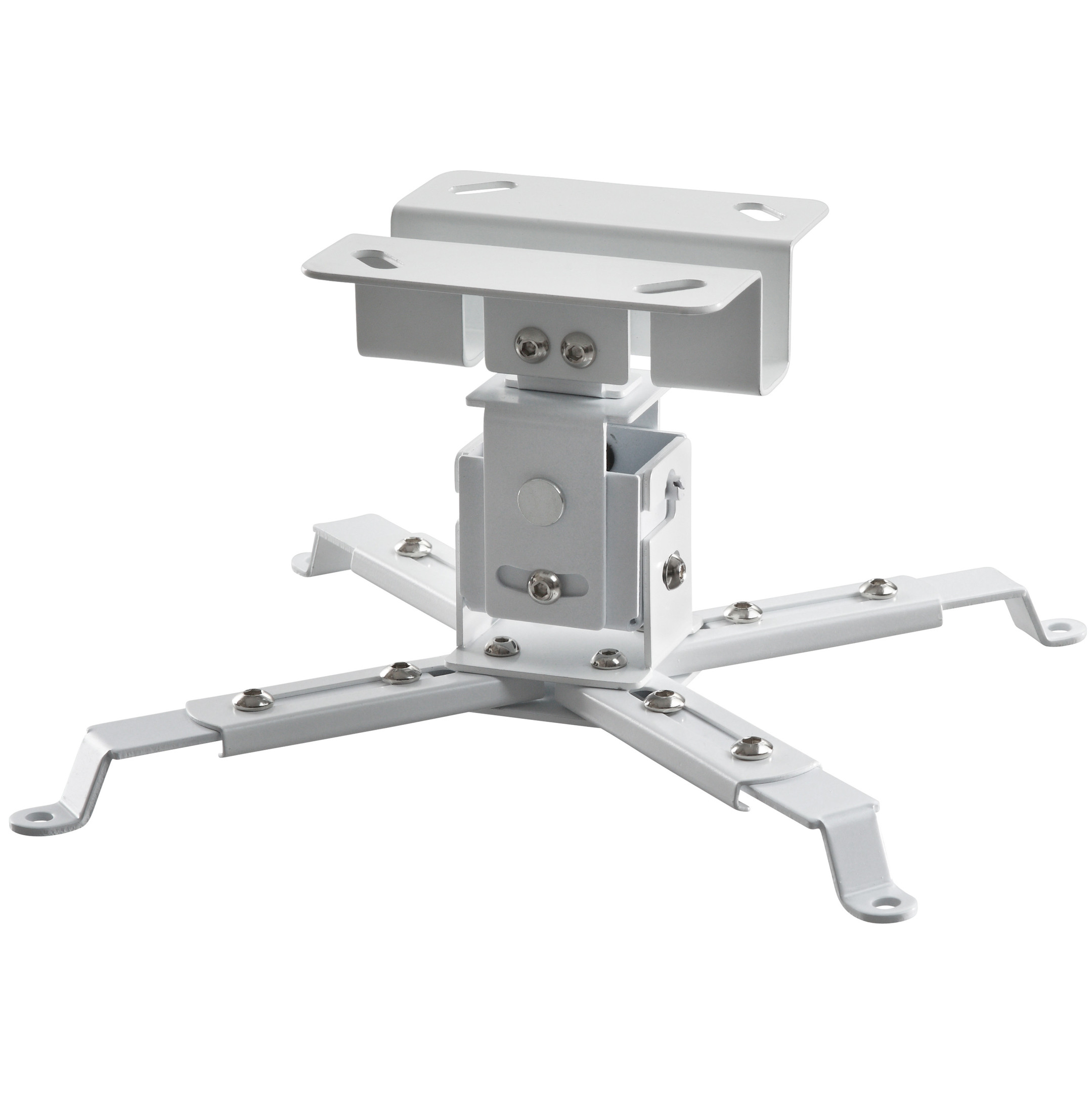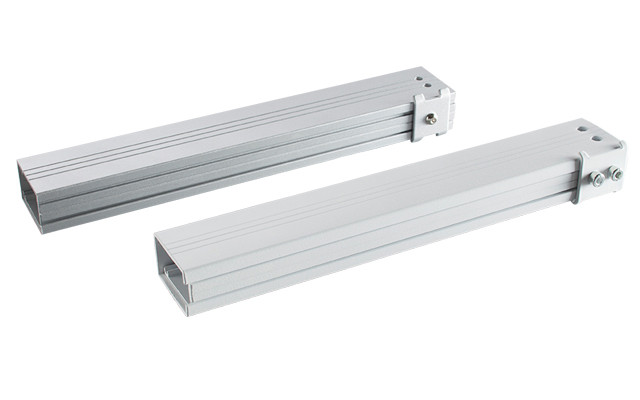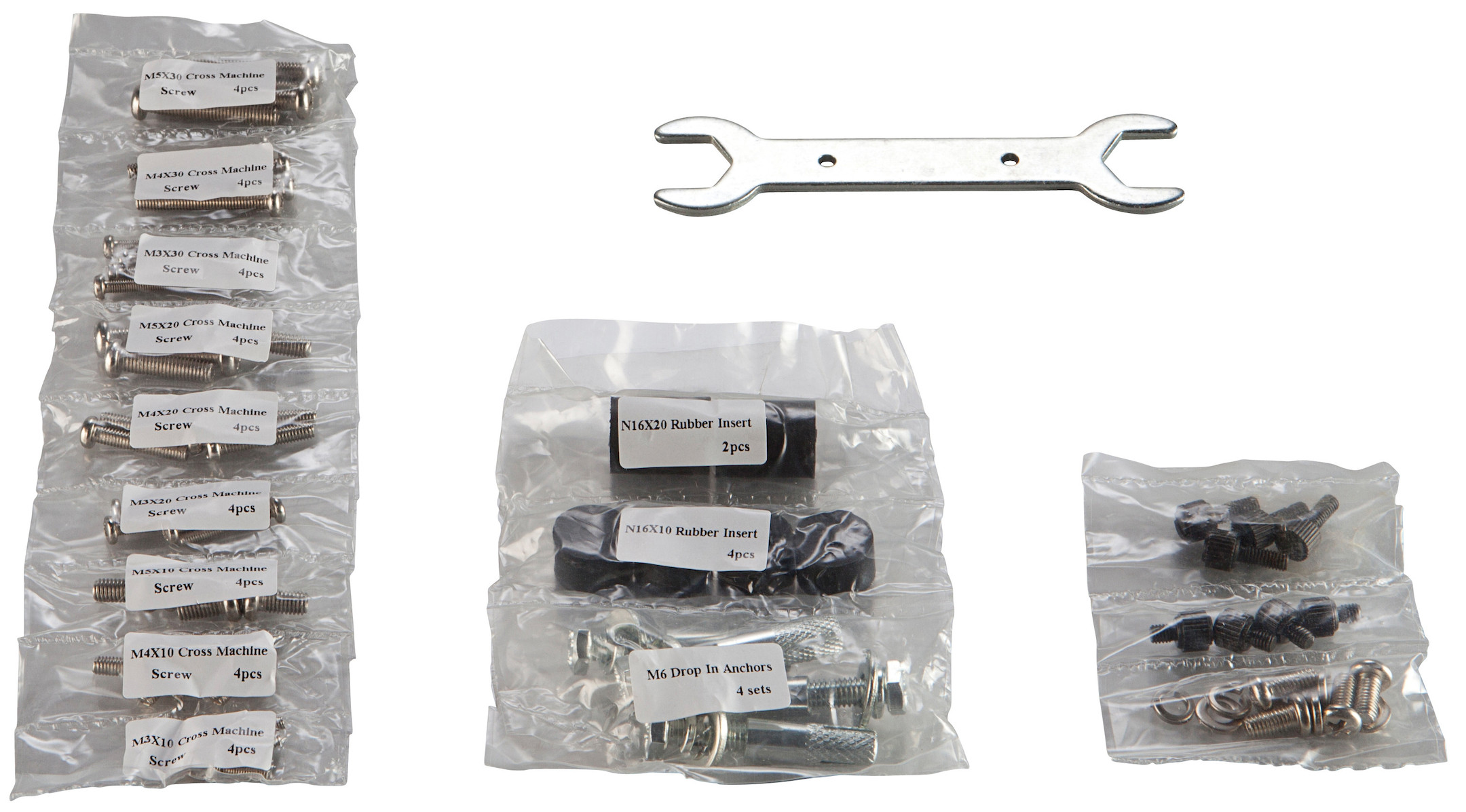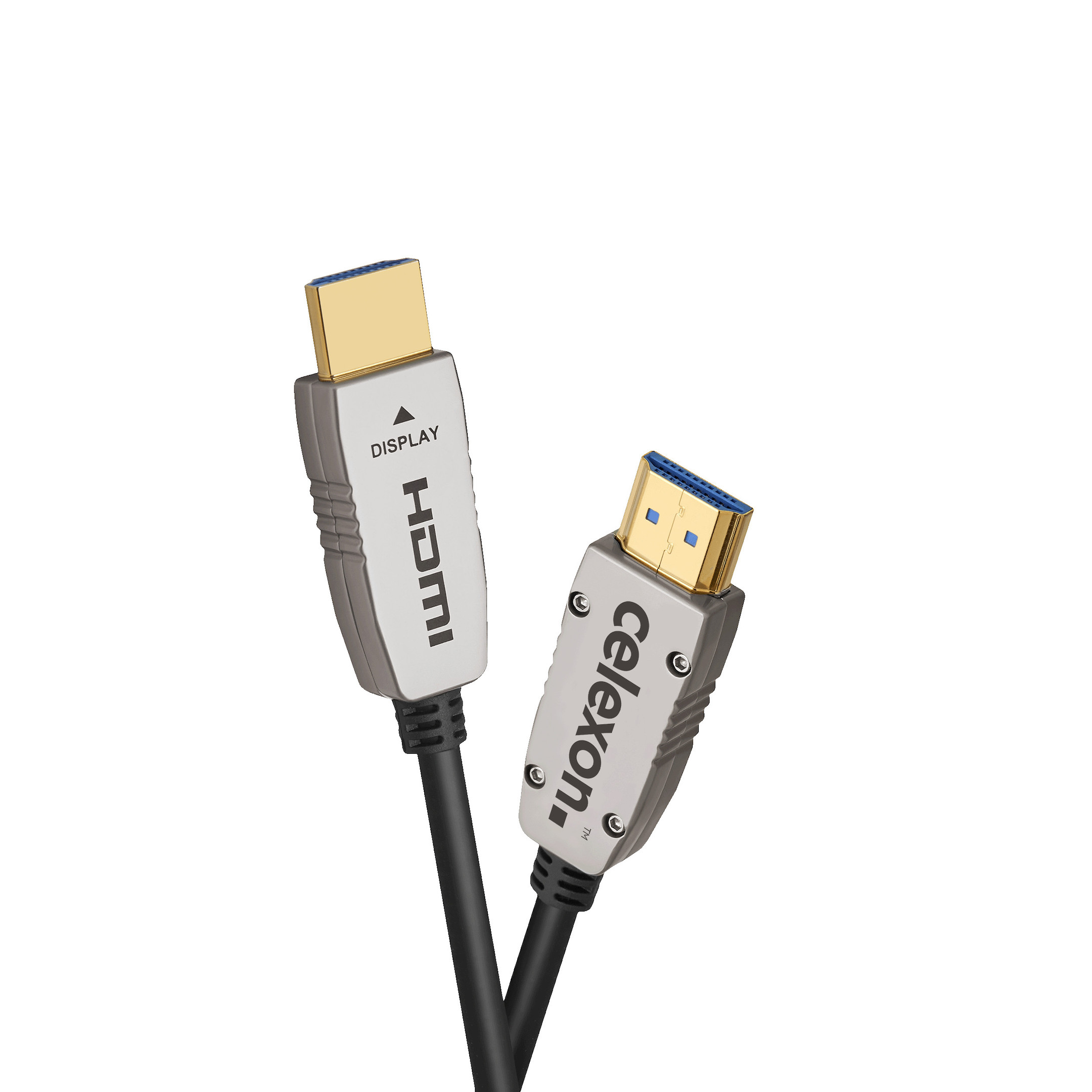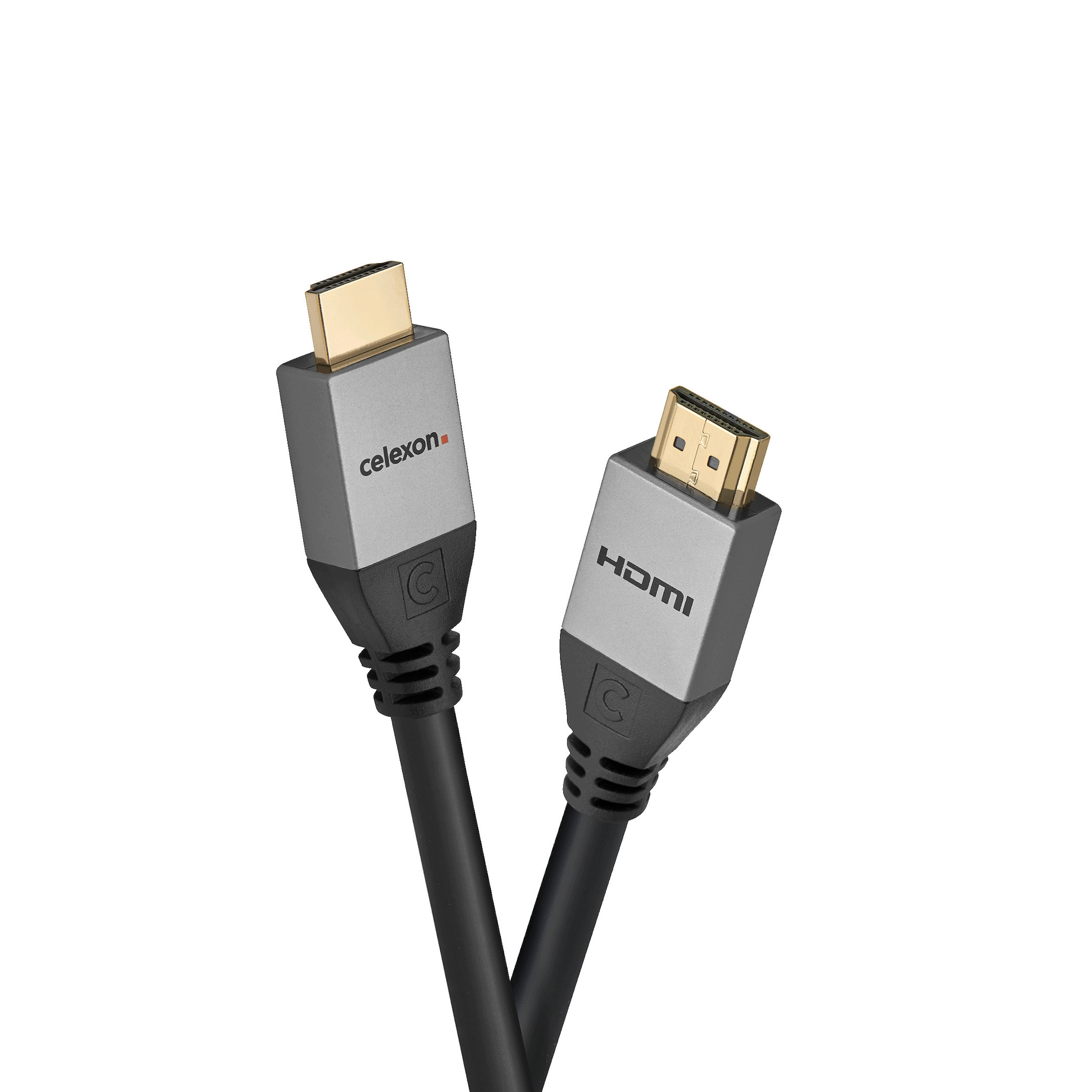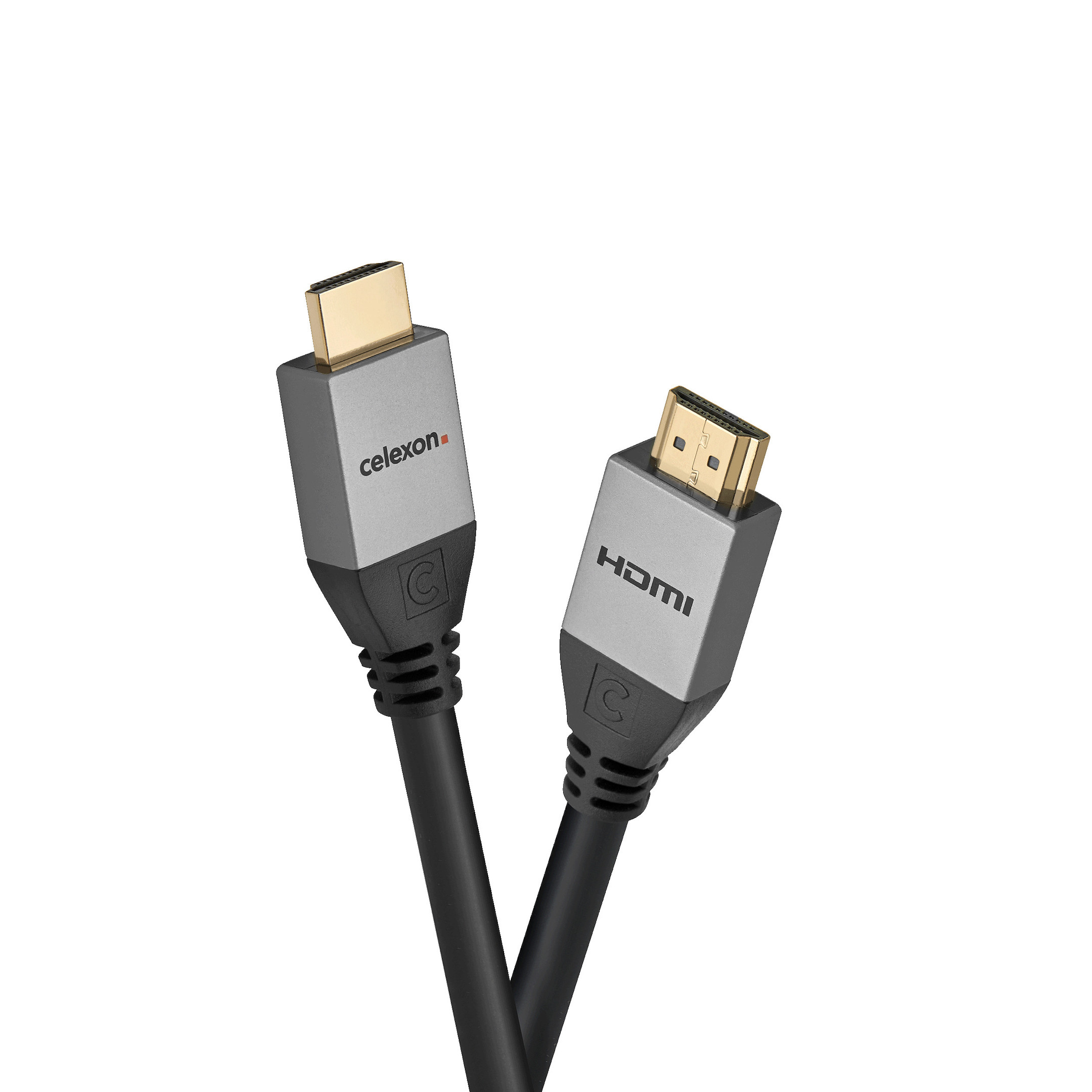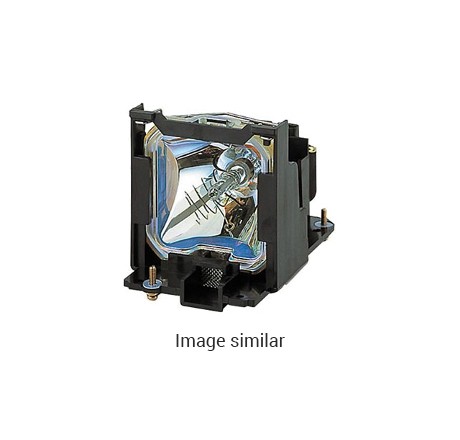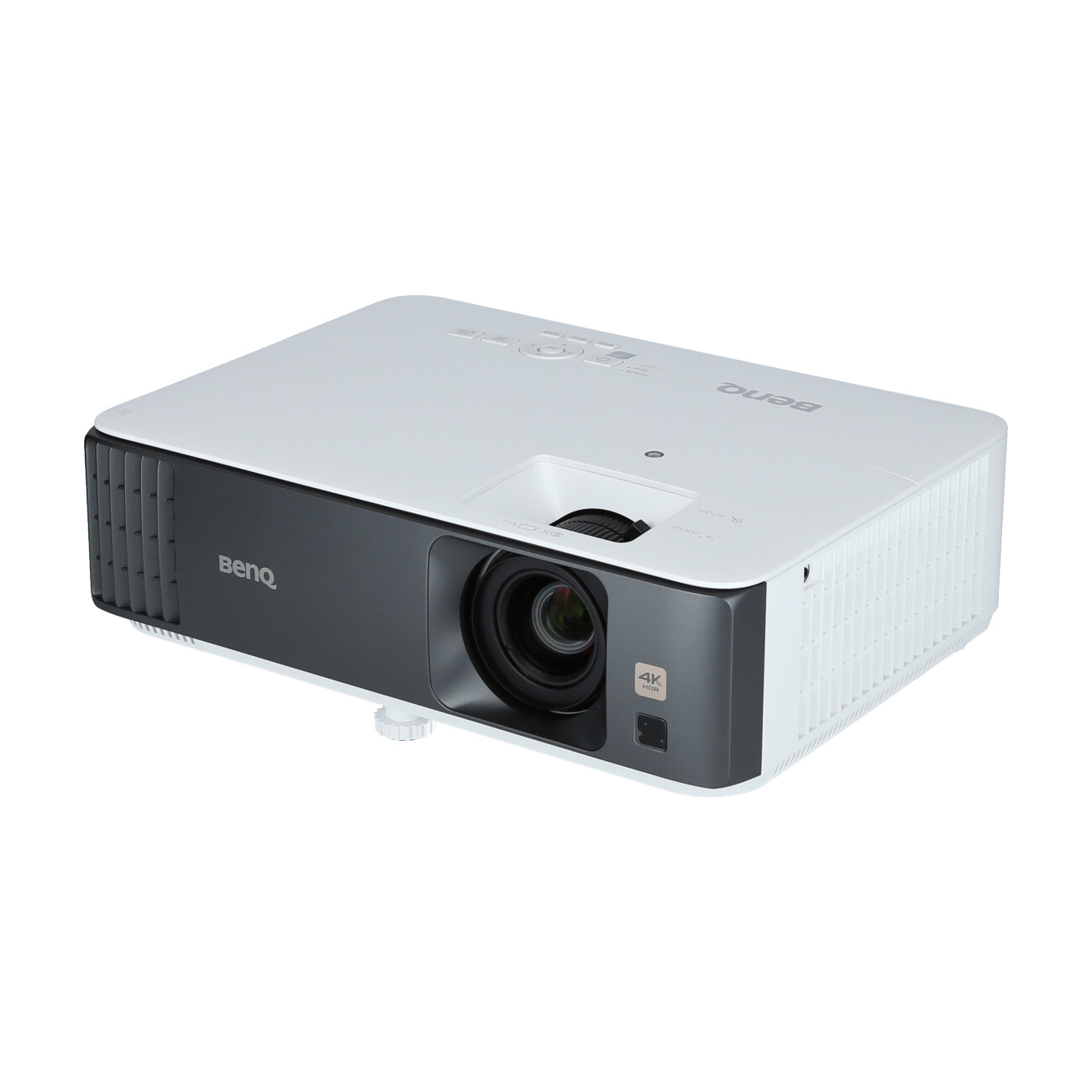



































£924.00*
- Light Brightness 3,000 Lumen
- Resolution 3840 x 2160 4K UHD
- Aspect Ratio 16:9
- Operating noise 34 dB


Frequently purchased together
Product information
- Win Big on 120” at 9.8ft Regular Throw Projection Distance
- 3200 ANSI Lumens High Brightness, 96% Rec.709, Realistic HDR Gaming
- Game Mode for Lowest Input lag 4ms@240Hz
React Faster with Sharpened Senses
Conquer every challenge in ancient ruins or modern apocalypse with TK700 high brightness projector’s spectacular True 4K HDR audiovisual gaming quality. Specially calibrated for dark scenes, TK700’s Game Mode reveals to adventurers the details and threats tucked away in shadows. Enjoy the sharpest resolution and lowest input lag ever paired in gaming projectors. Focus your skills to overcome obstacles for smooth victories with TK700.
In Control with Speed and Precision
You no longer have to choose between picture quality and performance. True 4K UHD 3840x2160 resolution with 8.3 million distinct pixels, and input lag as low as 16ms, together eliminates blur to show consistently stunning clarity and crisply defined details. TK700 lets you lose yourself in the game without losing control.
Low Input Lag for Smooth Performance
The innovative TK700’s professionally-designed gaming engine with unprecedented low input lag and 16ms response time provides an unrivaled 4K gaming experience. Feel the difference and triumph in real time during fast-paced FPS games where reaction time is critical.
Visuals Imperative for Survival
Your virtual life is on the line. With TK700, high brightness and stellar visual performance assure your triumph over challenges, even in bright ambient lighting.
High Brightness
TK700’s high lumens allow you to play in bright settings as well as dark. Get ready for brilliant big-screen HDR gaming images delivered with perfectly balanced brightness and color saturation.
Black Detail Enhancement
Detect and react one step quicker to approaching dangers by easily mapping out details in the dark. Black detail enhancement discloses fine details in dark scenes without sacrificing color performance in brighter areas. Behold the dark remains of fallen worlds with BenQ-exclusive color tuning.
Unfurl the World Before Your Eyes
Imagine gaming on 100”+ 4K images with zero installation hassle. Navigate vast gaming worlds from a comfortable viewing distance of your preference without constant turning and panning. TK700’s short throw provides carefree enjoyment and placement versatility, empowering massive screen sizes for panoramic views of otherworldly landscapes, even in smaller rooms. Elevate your gaming thrills with limitless possibilities, whether you’re venturing solo or with a party of friends.
1.3X Zoom for Flexible Throw Distances
TK700 maximizes available space with a range of throw distances, enabling 4K big-screen entertainment in tight quarters.
Technical data
| Name | BenQ TK700 Projector, 3840 x 2160 4K UHD, 3000 Lumen |
|---|---|
| Article number | 1000023421 |
| GTIN/EAN | 4718755087073 |
| Manufacturer SKU | 9H.JPK77.17E |
| Lens included | Yes |
| Model name | TK700 |
| Projection Distance | Long Throw |
| Brand | BenQ |
| Product Type | Projector |
| Application | Gaming projector |
| Projector Type | DLP |
| Projector lamp type | Lamp |
| ANSI Lumen | 3,000 ANSI Lumen |
| Resolution | 3840 x 2160 4K UHD |
| Aspect Ratio | 16:9 |
| Contrast Ratio | 10,000 :1 |
| Operating noise | 34 dB |
| Operating noise - ECO | 28 dB |
| Lamp life | 15,000 Hour |
| Minimum Projection Distance | 60 cm |
| Maximum Projection Distance | 598 cm |
| Minimum Projection Ratio | 1.13 |
| Maximum Projection Ratio | 1.46 |
| Lens Zoom | 3 |
| Inputs | 1x RS232 , 1x USB-A , 2x HDMI |
| Outputs | 1x 3,5mm Jack |
| wireless technology | WLAN optional |
| Features | Integrated speaker |
| Product width | 31.2 cm |
| Product height | 11 cm |
| Product depth | 24.6 cm |
| Weight | 3.1 kg |
| Colour | White |
| Delivery contents | Batteries , Power cable , Quick user guide , Remote control |
| Condition | New |
| Warranty | 24 Month |
| Warranty type | Bringin service Service and support information |
Projection distance calculator
Contact our experts for help!
Image size:
Format
Format
Product safety
| Person responsible for the EU |
|---|
| BenQ Deutschland GmbH |
| Essener Str. 5 |
| 46047 Oberhausen |
| Germany |
| support@benq.eu |




